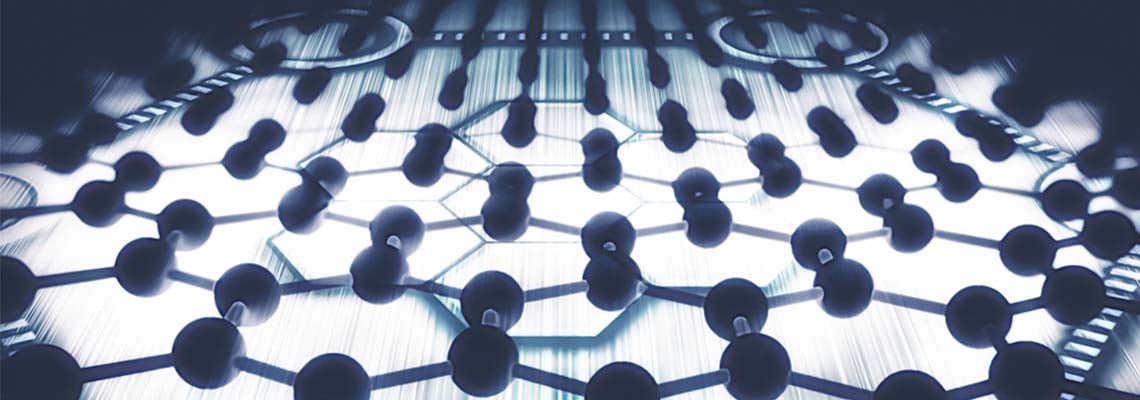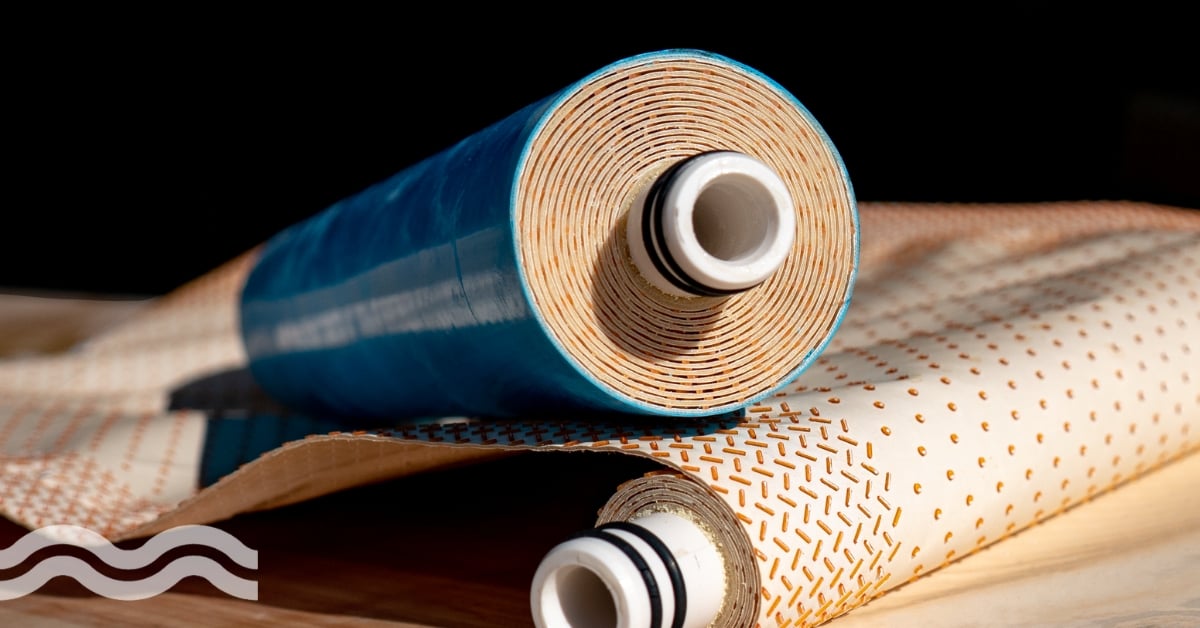RESEARCH: Graphene membrane can purify methane from biogas

Utility-University collaboration to commercialise graphene tech
Super material graphene could have potential market uses beyond drinking water filtration, according to new research.
The University of South Wales (UNSW) has been collaborating with Australian utility Sydney Water to apply graphene to wastewater treatment and purify methane from biogas.
UNSW’s School of Materials Science and Engineering has demonstrated that the very thin form of carbon can extract methane present in biogas, generated during the breakdown of organic materials in wastewater plants.
During lab-scale tests over a period of four years, a graphene-based filter has shown the ability to remove more than 99 per cent of natural organic matter left behind during conventional water treatment.
In 2018, the team conducted tests on samples from Sydney Water's Nepean Water Filtration Plant in Western Sydney.
Results showed the removal of almost 100 per cent of natural organic matter while maintaining high water flow at atmospheric pressure.
It’s estimated that within five years the membranes will be ready for plant-scale trials at Sydney Water, as part of longer commercialisation plans.
What is graphene?
Measuring one atom thick, graphene consists of carbon atoms arranged in a perfect hexagonal lattice – a honeycomb pattern.
First isolated by the University of Manchester in 2004 and considered a “wonder material” stronger than steel, it has since been incorporated into many product developments and industries, including solar panels.
Last year the university grabbed headlines after scientists demonstrated the ability to 'tune' the membrane properties, controlling the level of water filtration.
The team proved that epoxy resin walls could be placed either side of the graphene membrane, preventing its expansion.
Meanwhile UK company G2O Water Technologies is working to commercialise a graphene-based solution from the University of South Carolina in which a graphene oxide coating is applied to an existing polymeric membrane.
Retrofittable graphene technology for wastewater treatment
Dr Heri Bustamante, principal scientist in treatment at Sydney Water, said there was a need to develop more cost-effective and easier to operate technologies to purify the valuable methane in biogas.
“Sydney Water currently uses biogas produced in the wastewater treatment process to generate energy,” said Dr Bustamante.
“The use of graphene will enable increased capture of methane to expand potential uses beyond the requirements of Sydney Water. Production of methane to fuel buses could be a potential future use, for example. This would contribute to the potential of creating a circular economy at Sydney Water.”
Dr Rakesh Joshi of the School of Materials Science and Engineering led the UNSW research team.
“We are working in close collaboration with Sydney Water to convert these findings into a retrofittable technology for wastewater treatment plants,” said Dr Joshi.
“This is positive news for the wastewater and the renewable energy industries as it will be possible to use the purified methane for other applications. The graphene-based membranes show the removal of carbon dioxide from the mixture of gases.”


